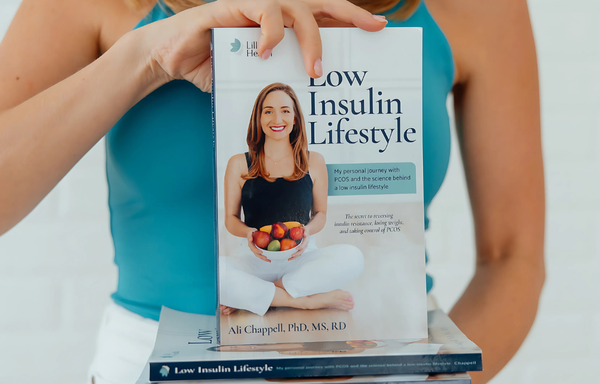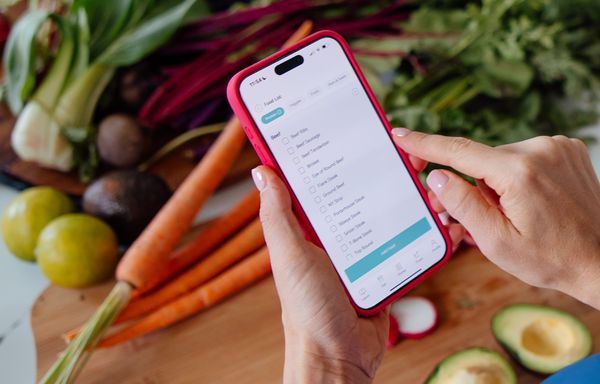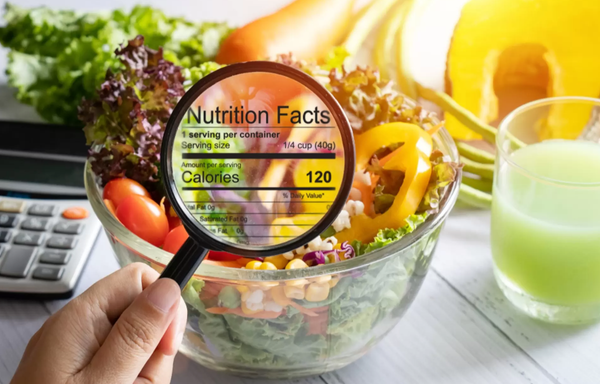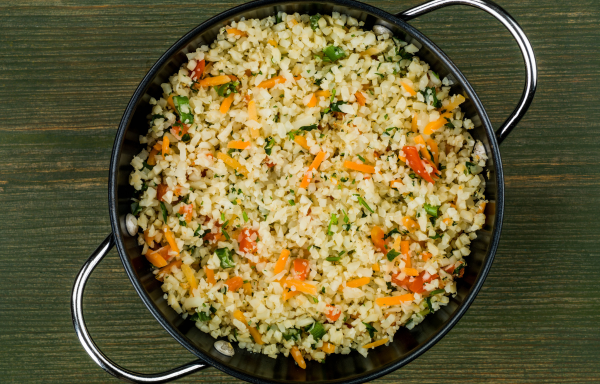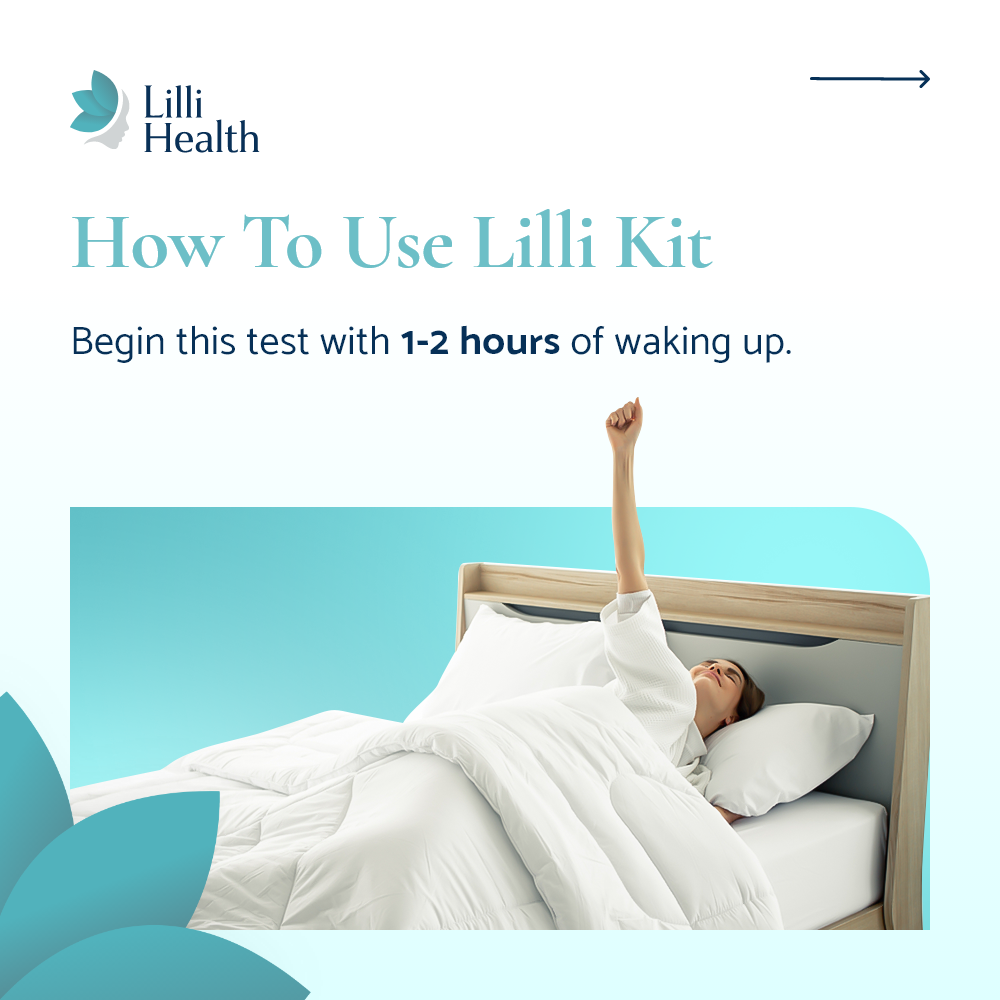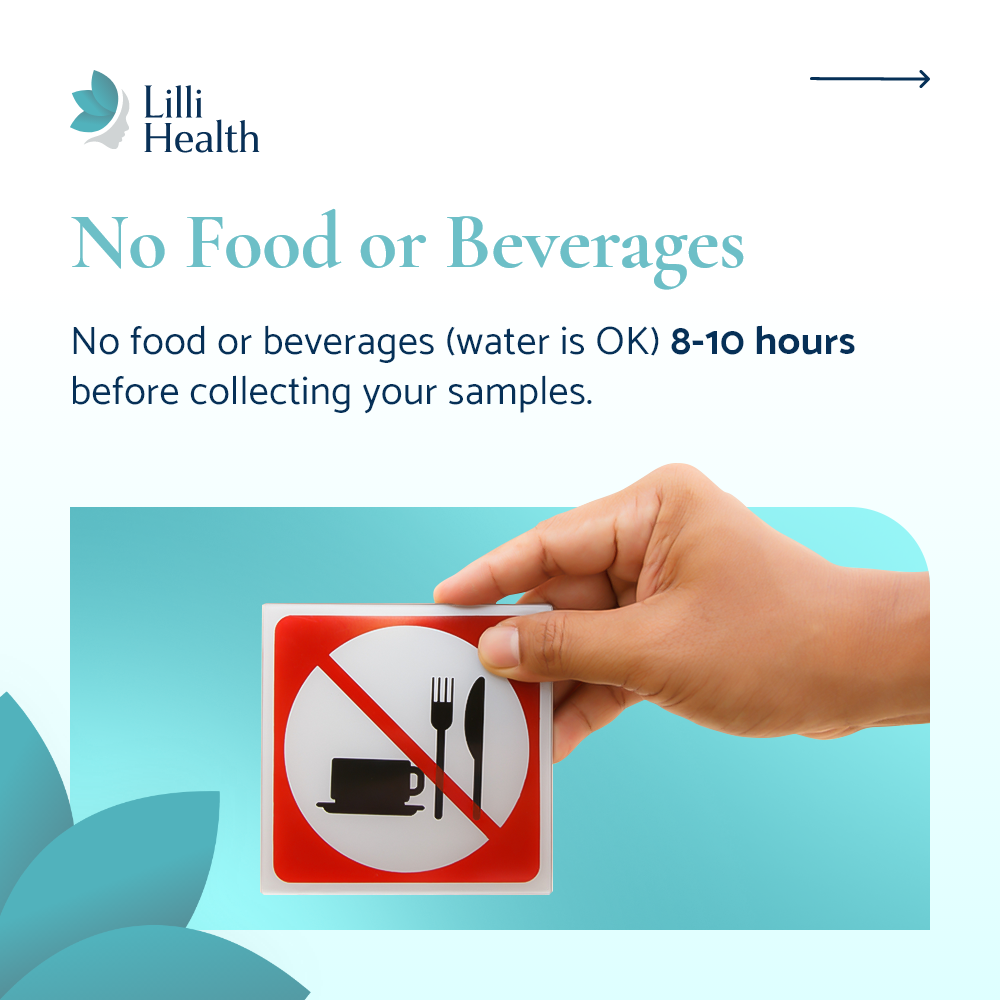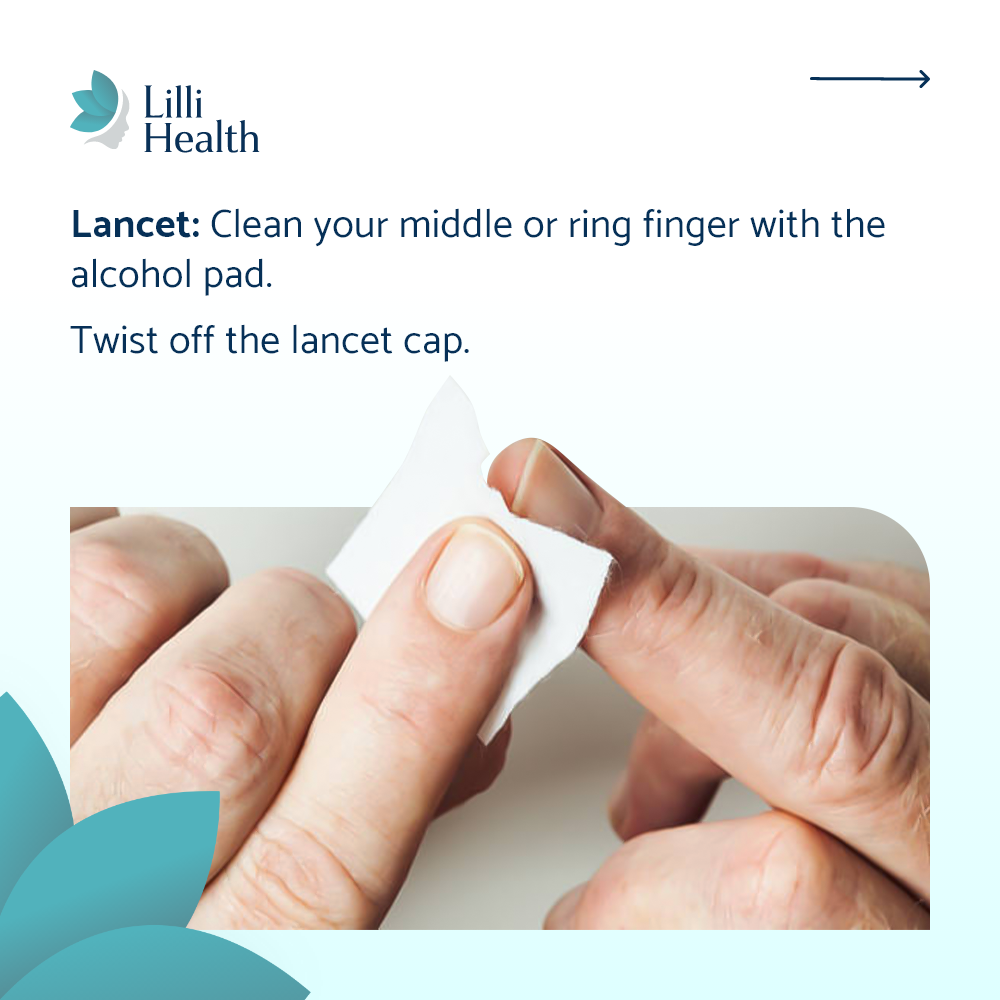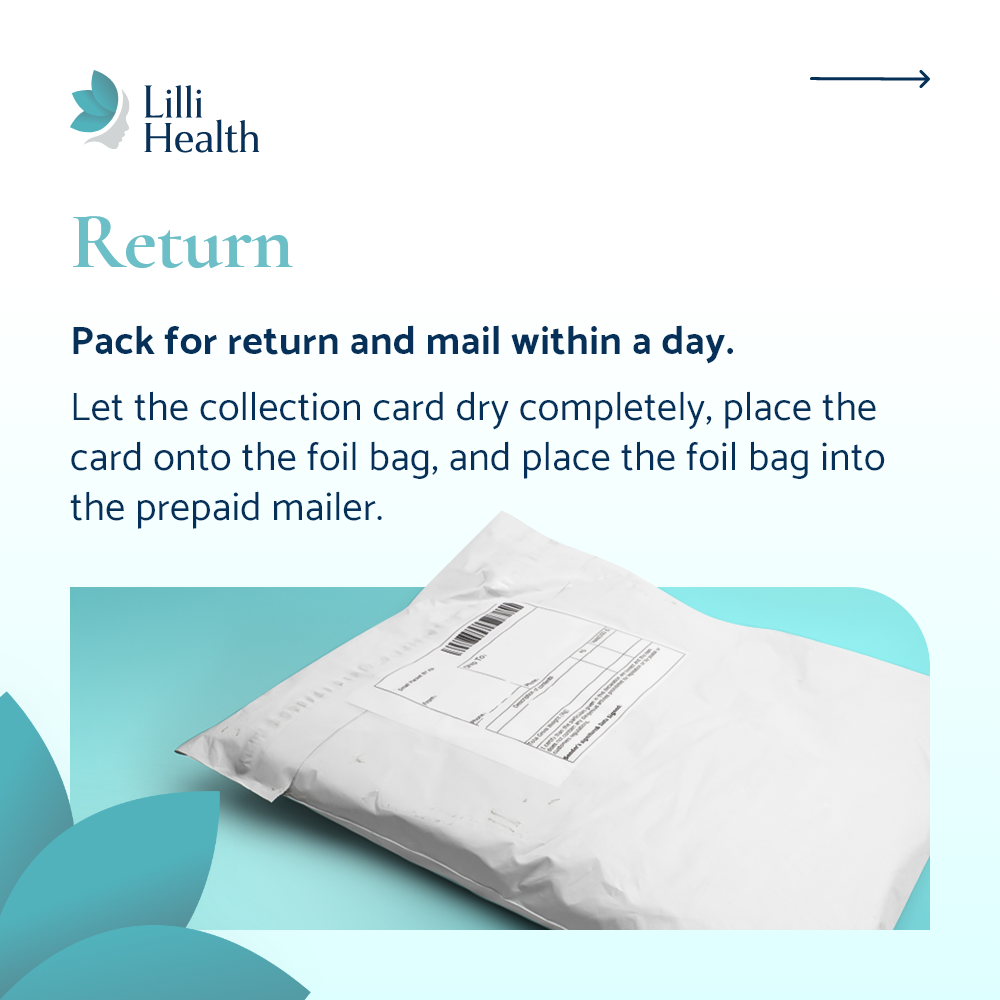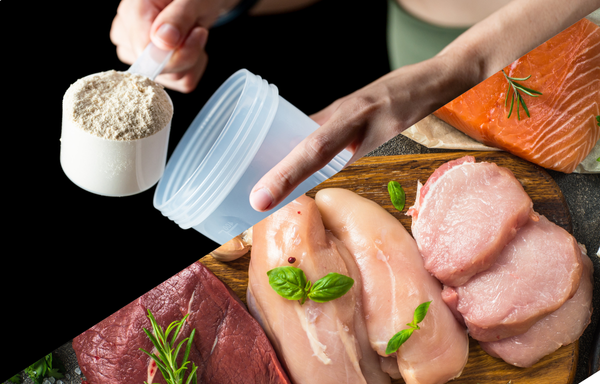

Lilli vs. High-Protein Diets: Finding the Right Balance
High-protein diets are everywhere, with many people believing that piling on protein is the secret to weight loss and metabolic health. But more isn’t always better—especially when it comes to insulin levels.
Lilli prioritizes protein, but not at the expense of fat and nonstarchy vegetables. Protein is an essential part of the equation, but it’s not the star of the show.
Before You Start Loading Up on Protein
Before you start ramping up your daily protein intake, there are a few important things to consider.
For one, don’t read “get more protein” as “eat more meat.” Protein isn’t just found in meat—nuts, seeds, and even green vegetables contain protein and should be part of the equation. Overloading on animal protein while neglecting fat and nonstarchy vegetables can lead to unintended insulin spikes and metabolic imbalances.
And stop thinking you need to multiply grams of protein by the number of stars in the sky to reach your goals. That’s just a marketing gimmick by the protein powder industry.
The Problem with High-Protein Diets
While protein is critical for muscle repair, hormone production, and overall health, too much—especially without fat—can backfire.
- Protein Can Still Spike Insulin – While it doesn’t spike insulin as much as carbs, certain proteins—especially whey protein and very lean meats—can significantly increase insulin secretion. This is why true ketogenic diets limit protein—to avoid excessive insulin response.
- Branched-Chain Amino Acids (BCAAs) in Excess Can Be Problematic – While BCAAs are important for muscle repair, too much can overstimulate insulin release, particularly leucine, which is found in high amounts in whey protein. If you overconsume BCAAs, you may be unintentionally spiking insulin—just like eating too many carbs.
- Excess Protein Can Be Converted to Glucose – The body can turn extra protein into glucose through a process called gluconeogenesis. Eating large amounts of protein—especially without fat—can work against insulin control and make fat loss more difficult.
- Leaner Doesn’t Always Mean Better – While trimming excess fat is never a bad idea, especially when buying conventional meat, grass-fed and finished, wild-caught, or free-range meats are naturally leaner and more balanced. There’s no need to go out of your way to pick the leanest cut possible.
The Truth About “Complete Proteins”
One of the biggest marketing buzzwords in the protein industry—especially with whey protein powders—is “complete protein.” The idea is that a “complete protein” contains all nine essential amino acids in the right ratios.
But here’s the reality: The idea that every meal needs a complete protein has long been debunked.
When you eat protein, your body breaks it down into amino acids and stores them in an “amino acid pool” to be used as needed. As long as you’re eating a variety of protein sources throughout the day, you’ll get all the amino acids you need.
So, if you want to use protein powder and prefer collagen or bone broth protein (which I still recommend prioritizing whole proteins over shakes), don’t be deterred by claims that they aren’t “complete.” Your body doesn’t need every amino acid in perfect balance at every meal—it needs access to a variety of them over time.
How Much Protein Do You Actually Need?
While getting enough protein is important, there’s a point of diminishing returns. More protein doesn’t always mean better results, and excess protein won’t magically turn into muscle—it will either be burned for energy or stored.
For most people, the ideal intake is 1.0-1.5g/kg of body weight per day. This is more than enough to support muscle maintenance and repair, even if you’re active. There are rare situations—like post-surgery recovery or chemotherapy—where higher protein intake might be needed, but for the vast majority of people, this range is optimal.
How Lilli is Different
Instead of focusing solely on protein, Lilli encourages a balanced approach:
- Protein + Fat + Nonstarchy Vegetables or Whole Fruit – All three work together to stabilize insulin, keep you full, and prevent blood sugar swings.
- No Overconsumption – You don’t need to force-feed protein. When eaten in its natural form—like whole cuts of meat, eggs, and fish—it’s naturally satisfying.
- Avoiding Protein Powders – Unlike whole food sources, whey protein and other protein isolates can cause rapid insulin spikes, making them less ideal for metabolic health.
- A Sustainable Approach – Unlike high-protein diets that often require constant tracking, Lilli allows you to eat intuitively by choosing foods that support metabolic health without micromanaging macros.
The Bottom Line
Lilli doesn’t ignore protein—it prioritizes it appropriately alongside fat and nonstarchy vegetables. Instead of treating protein as the only important nutrient, this approach focuses on balance and sustainability for long-term metabolic health. Protein is important, but overloading on it—especially in the form of whey or BCAAs—can be counterproductive when trying to lower insulin levels.
Stick to 1.0-1.5g/kg of body weight, and you’ll be getting all you need—and then some—without unnecessary insulin spikes. And don’t fall for the marketing gimmick that every meal needs a “complete protein.” Your body is smarter than that.
